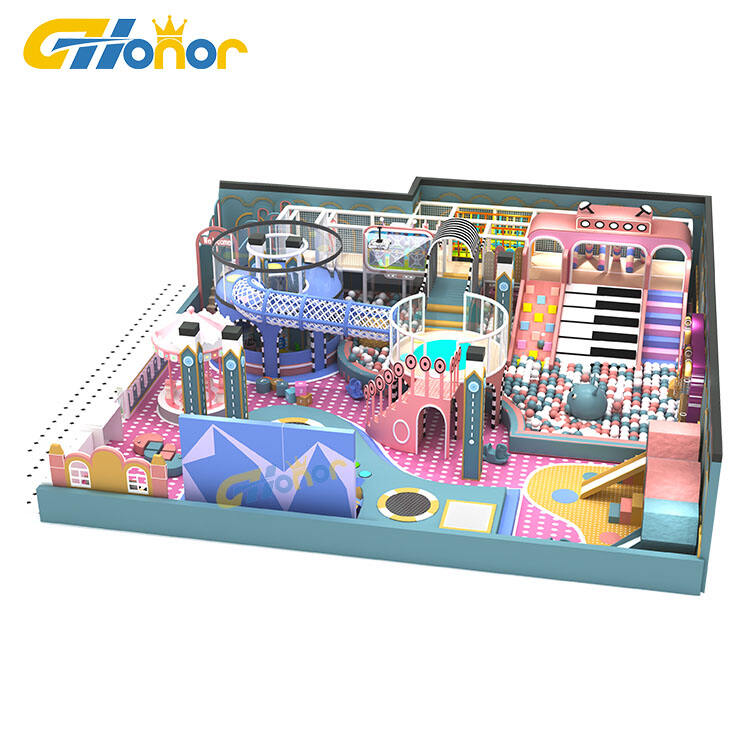Amusement park layout refers to the strategic arrangement of rides, attractions, pathways, facilities, and amenities within a park, designed to optimize visitor flow, enhance experience, and support operational efficiency. This spatial planning process balances functionality, safety, and thematic coherence, ensuring that guests can navigate easily, access attractions without excessive congestion, and enjoy a seamless, enjoyable visit. A well-designed amusement park layout begins with zoning, where the park is divided into distinct themed areas or “lands” that group complementary rides, dining, and shopping options. Each zone typically has a unifying theme—such as a “Carnival Village” or “Jungle Adventure”—which helps visitors orient themselves and creates a sense of progression as they move through the park. Zoning also allows for varied experiences, with high-intensity thrill rides clustered in one area to cater to adrenaline seekers, while family-friendly attractions and children’s rides are grouped in another to provide a safer, more relaxed environment. This separation reduces noise pollution and ensures that different demographics can enjoy the park without interference. Pathways form the circulatory system of the amusement park layout, designed to guide visitors through the zones while minimizing congestion. Main thoroughfares are wide enough to accommodate large crowds, often featuring scenic elements or interactive displays to keep guests engaged as they walk. Secondary paths connect zones and provide shortcuts, with clear signage (both directional and thematic) to prevent confusion. Designers often use “spine” layouts, where a central main path connects all zones, or “loop” layouts, where a circular path allows visitors to explore zones in sequence and return to the entrance without backtracking. Dead ends are avoided to prevent frustration, and key attractions are positioned to be visible from multiple vantage points, drawing visitors forward. Rest and service areas are strategically integrated into the layout to support visitor comfort and operational needs. Dining options—ranging from quick-service stands to themed restaurants—are distributed throughout the park to reduce long lines and ensure visitors do not have to travel far for food. Restrooms, first aid stations, and baby-changing facilities are placed at regular intervals, with clear signage for easy access. Shaded seating areas, water fountains, and picnic spots are located in less crowded zones, providing opportunities for relaxation and reducing fatigue during long visits. Operational efficiency is a critical consideration, with the layout designed to facilitate maintenance, emergency response, and staff movement. Back-of-house areas—including staff break rooms, storage facilities, and ride maintenance workshops—are positioned to be accessible but hidden from visitors to preserve immersion. Service roads allow for efficient transportation of supplies and waste removal without disrupting guest areas. Emergency exits and evacuation routes are clearly marked and designed to be accessible from all parts of the park, with wide pathways and minimal obstacles to ensure quick, safe evacuation if needed. Flexibility is built into amusement park layouts to accommodate future growth and changing trends. Designers leave space for new attractions or expansions, and pathways are engineered to handle increased capacity as the park grows in popularity. Modular structures for dining or retail allow for easy updates to keep up with evolving tastes, ensuring the layout remains functional and relevant for years to come. Ultimately, a successful amusement park layout creates a balance between excitement and comfort, guiding visitors on a journey that feels both adventurous and effortless, and ensuring that every part of the park contributes to a memorable experience.
